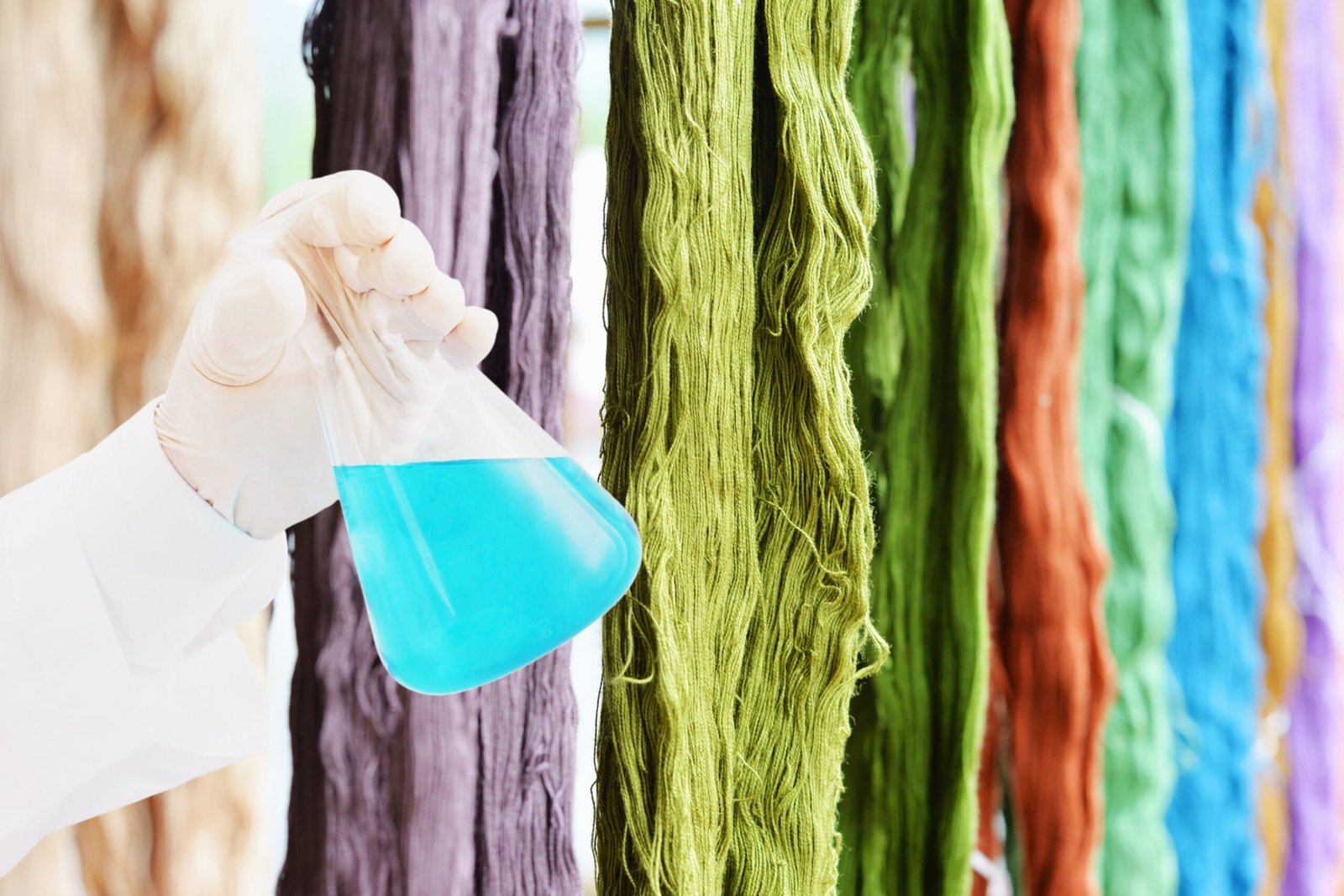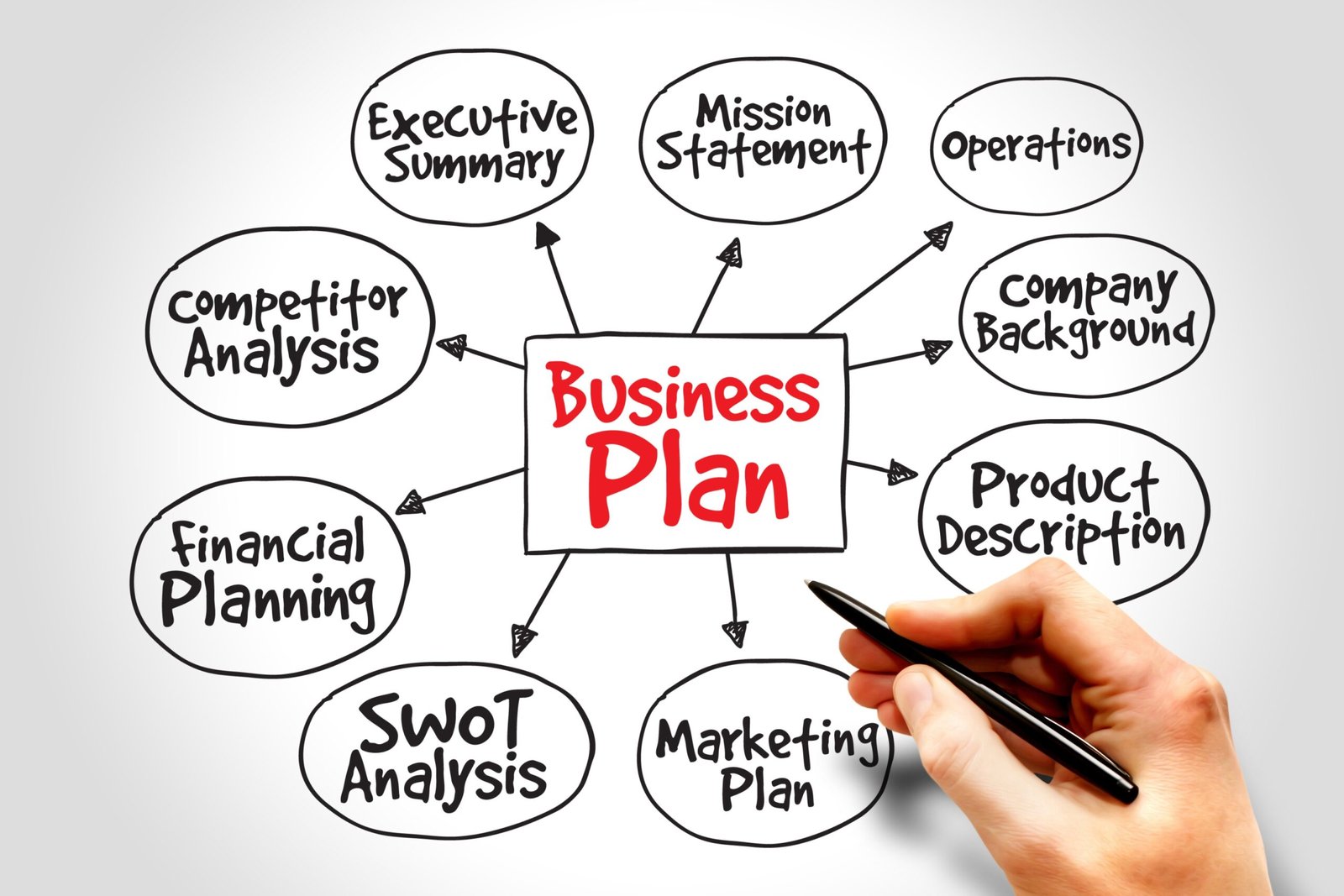Global Textile Market
The global textile market is huge, in 2022 it was valued at US$1695 billion and is expected to grow at a compound annual growth rate (CAGR) of 7.6% from 2023 to 2030, it has surpassed US$1840 billion in 2023 and is estimated to be worth around US$3800 billion by 2033, the textile industry contributes about 2% to the world’s gross domestic products (GDP)and it employees around 60 million people worldwide, as per the research data available on the internet. The entire textile value chain industry, from fiber to yarn to fabric to garments and home textiles, fashion accessories, apparel accessories along with machinery, dyes & chemicals, allied industries, etc., it is a significantly huge industry.

In the global textiles industry, there may be millions of business units from small factories/manufacturing plants, trade agencies, traders, mid-size units, large enterprises/large textile mills, consultants, wholesalers, retailers, and so on, everyday new venture are being opened the world over. Many aspiring candidates and professionals are willing to venture out into the huge textile industry, there are many business models, and this article depicts how to start a textiles business, specifically in the b2b segment.
There are ample opportunities available in this industry to start a new business, but proper research, information gathering, and planning are required in every step of business.
The first step is to identify the nature of the business, such as:
Online/Digital or Physical – both of them have opportunities, and as per their nature – efforts and planning are required.
The next step is, which segment do you wish to pursue? the segments are:
- Yarn
- Fiber
- Fabric
- Apparel
- Machinery
- Dyes & Chemicals
- Home Textiles
- Leather & Footwear
- Fashion Accessories
- Clothing Accessories
- IT & Software and so on.
Each segment has the potential, and the success of the business depends on your skill, the uniqueness of the idea and products, quality, and client engagement.
The next step is, which type of business you wish to set up, A few of the options are attached:
- Trading
- Manufacturing
- Export/Import
- Retailing
- Consulting
- Inspection/Laboratory
- R&D Centre
- Job Work
- Branding/Marketing/Publication
- Wholesaling
- Packaging/Transportation/Warehousing
- IT/Software
- Manpower Management
- Supplier
- Product Development
- And more…
Based on your understanding/information/experience of the industry, you can decide about the type of business.
Now, let us understand the step-by-step processes of establishing a new business.
Place/Location

Irrespective of the nature of the business or segment, the place or the location of your business plays a significant role in sustaining and succeeding, it should be easily accessible, with proper natural sources i.e. air/water/sunlight, with all legal documents, ease in commute/transportation/warehousing and space to accommodate labor, materials, machines and other required items, and so on. Requirements of place vary by the nature of the business i.e. in a textile manufacturing factory/plant the requirements are different from the trading company and job worker set-up requirements are different from those of a retailer or consultant.
Research about the product/solution/service

Understanding the textile industry is extremely important for starting any business in this industry, you need to know what is textile, the basic manufacturing process of all the products in this industry, the complete supply-chain scenario, the demand, competitors, all the factors related to the product/service/solution you are aiming to enter in the business. Make a strategy of establishing the business and scope availability to scale up the business. raw materials procurement (if it is a manufacturing business), manpower, sales & marketing, government support, trade shows, sustainability-related regulations, certificates, etc. are to be planned priorly and proactively.
Capital & Funds

Investment is required in any business you wish to start; the amount may vary on the size of the business i.e., a textile manufacturing plant will require a larger investment compared to a trading business. While preparing the business plan, one can identify the basic amount to be invested and other funds to be required to run the business. There are government subsidies and grants, bank loans, private investors, etc. available for funding in the business, criteria and regulations are different in each country. It is suggested to collect all the information in your country of origin and apply wherever it suits well.
Business plan

This is also one of the very important steps. All the necessary calculations are to be part of the business plan, i.e. expenses/manufacturing cost/operation cost, sales process, branding and marketing strategy for your textile-related product/service/solution, total revenue and profit margin, manpower and team, monthly/quarterly/annual target, market and competitors analysis, expansion and more. The business plan should also cover a backup plan and an expansion plan.
Other supporting steps
In this step, prepare a list of all the necessary licenses required for the business, laboratory certificates of the product/s, sustainability/management related certificates, GST/VAT/country-specific tax, trade license/trademark, factory/shop license, municipal/any other government institutional approval, registration to local trade associations and more.
With the above steps, your confidence and expertise in the product/solution/service you want to venture into are also much required.
Wishing all the existing and upcoming entrepreneurs the best of luck and success in their business!



